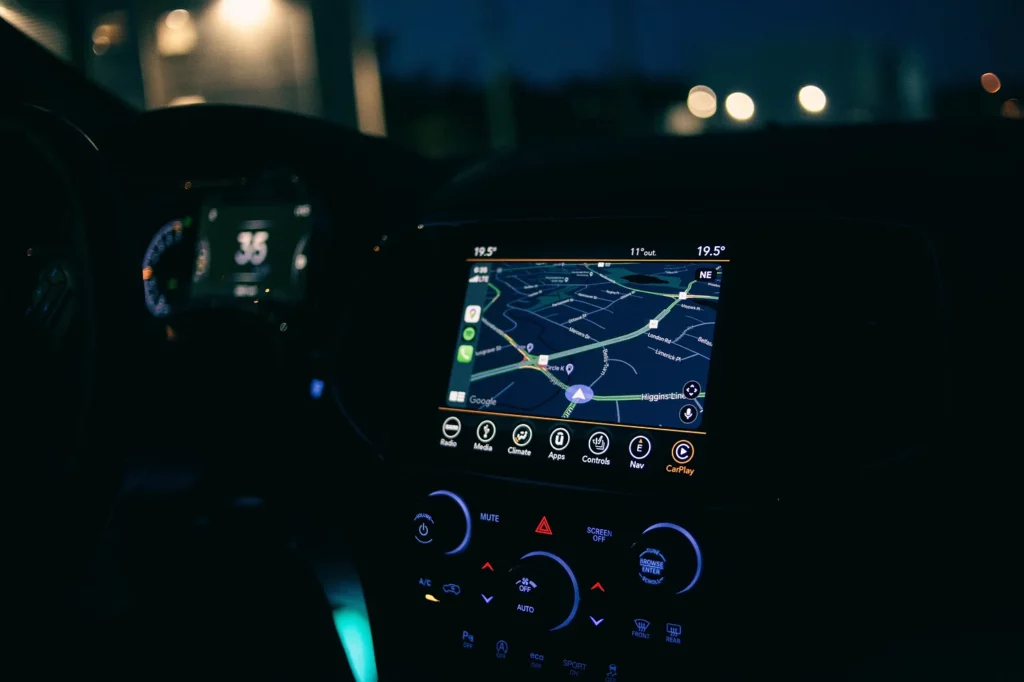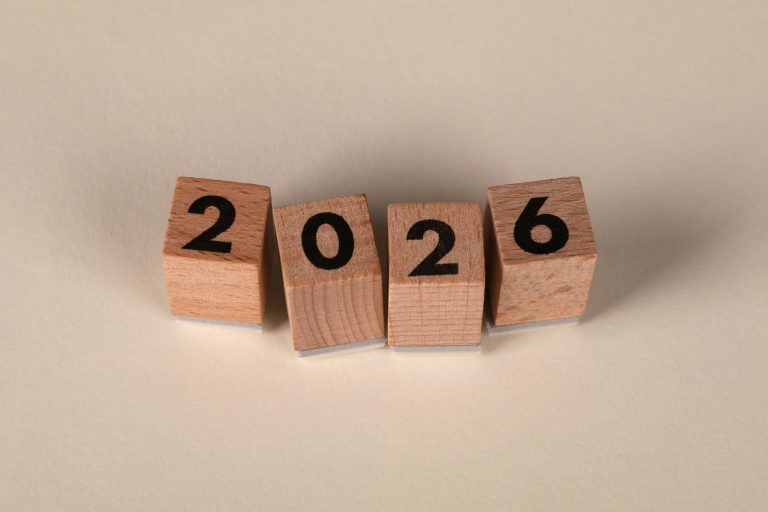July 23rd, 2023
In the age of information, data has emerged as the lifeblood of industries worldwide. Restaurants, once seen as strictly traditional businesses, are no exception. In a world that’s growing increasingly competitive, restaurants need to leverage data to optimize their operations, better understand their customers, and improve their bottom line.
Descriptive Analytics in Restaurants
Analytics in the restaurant industry traditionally took the form of descriptive and predictive analysis. Descriptive analytics provided a look into the past, analyzing historical data to paint a picture of what has happened. This includes information such as past sales, customer demographics, and popular menu items. It’s akin to looking in the rear-view mirror, useful but inherently retrospective.
Predictive Analytics in Restaurants
Predictive analytics, on the other hand, uses historical data to forecast the future. This includes predictions about future sales, customer behavior, and food trends. While predictive analytics offers a glimpse into what lies ahead, it’s akin to trying to navigate a road with a GPS that doesn’t provide directions — you can see the road, but you don’t know the best way to navigate it.
Prescriptive Analytics in Restaurants
This is where prescriptive analytics comes in. Think of prescriptive analytics as a high-tech GPS for restaurants, not just predicting what lies ahead but offering the best routes to reach the desired destination. By analyzing historical and real-time data, prescriptive analytics provides actionable recommendations on the best course of action.
Prescriptive analytics is particularly beneficial for restaurants because of the unique nature of the industry. Restaurants grapple with a myriad of variables on a daily basis — from fluctuating food costs and changing customer preferences to seasonal variations and supply chain disruptions. Here, prescriptive analytics can offer dynamic, data-driven solutions that directly impact the bottom line.
For example, prescriptive analytics can help restaurants optimize their menus based on factors like ingredient cost, preparation time, popularity, and more. It can suggest when to reorder supplies to minimize waste and maximize profitability. It can even recommend staff scheduling based on anticipated customer traffic.
Real-World Use of Prescriptive Analytics in Restaurants
ClearCOGS helps the restaurant industry by harnessing the power of prescriptive analytics. Through the use of AI Operations, ClearCOGS provides cutting-edge solutions that enable restaurants to optimize their operations, manage inventory effectively, anticipate trends, and deliver exceptional service.
Their technology sifts through massive amounts of data, from supply chain management to menu optimization and customer preferences. By transforming this data into actionable insights, ClearCOGS empowers restaurants to make strategic decisions to improve profitability and enhance the dining experience.
In a sense, ClearCOGS is providing restaurants with their own AI-driven GPS, guiding them to the path of optimal operations and superior customer experience.
Overall
While descriptive and predictive analytics provide valuable insights into the past and future, it is prescriptive analytics, offering actionable recommendations for the present, that can be the true game-changer for the restaurant industry. ClearCOGS, with its focus on prescriptive analytics, is leading this transformation, paving the way for a future where every restaurant, big or small, can harness the transformative potential of AI operations and data-driven decision-making.








